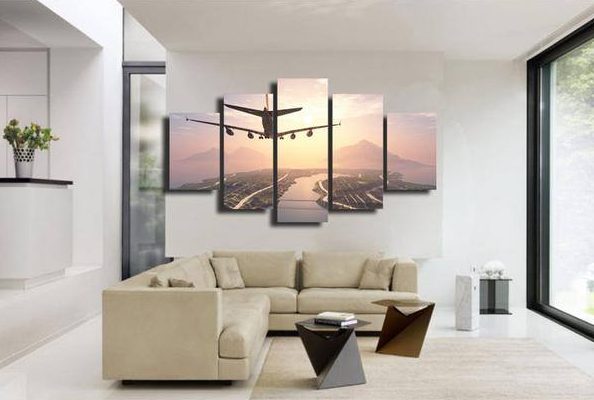An interior designer is responsible for the interior design, decoration, and functionality of a client’s space, whether the space is commercial, industrial, or residential. Interior designers work closely with architects and clients to determine the structure of a space, the needs of the occupants, and the style that best suits both.
The position is a combination of engineer and artist, and it takes a unique type of mind to handle both of those concepts well. Interior designers have to be good with more than color, fabric, and furniture; interior designers must know materials, have budgeting skills, communicate well, and oversee the ordering, installation, and maintenance of all objects that define a space. They also have to know about electrical capacity, safety, and construction. This broader range of required knowledge distinguishes them from interior decorators.
Of course, interior designers cost too. But hiring a professional interior designer from the start will prevent from having to pay unexpected costs like: the wrong color, the unsuitable piece of furniture, the “no-style” decorations and the out of place accents. In the modern competitive society, you might as well get lucky and find a decorator that offers a first consultation free of charge. Now, that’s a price worth paying!

Required Skills in Interior Designers:
• As members of a service profession, interior designers’ fortunes depend on their ability to satisfy clients. Thus, they must possess three important skill sets-artistic and technical skills, interpersonal skills and management skills.
• Designers must know how to plan a space and how to render that plan visually, so that it can be conveyed to the client. They must also be knowledgeable about the materials and products that will be used to create and furnish the space, and about how texture, color, lighting and other factors combine and interact to give a space its “feel” or “look.” In addition, they must understand the structural requirements of their plans, the health and safety issues, building codes, and many other technical aspects.
• Designers must be comfortable meeting and dealing with many kinds of people. They must communicate clearly and effectively, as well as be attentive listeners. Because they often must work collaboratively with architects, contractors, and other service providers, designers need to be both good team leaders and good team players. They must be willing to negotiate and mediate when necessary to resolve problems.
• Designers must have excellent time and project management skills, since they frequently work on more than one project at a time, under demanding deadlines, while looking for new projects or clients. They must be able to develop and execute business plans in order to protect and grow their practices. They need to know how to market themselves to clients, to create informative and persuasive proposals and presentations, and to maintain good client relationships.
• Interior designers are often confused with interior decorators, but there’s a difference. An interior decorator requires no formal education, usually works on homes, and focuses mainly on furnishings and decor. Interior designers, on the other hand, are professionally educated and trained. They coordinate with architects, engineers, and contractors and must understand fire codes, ergonomics, lighting, acoustics, and the implementation of technology. Finally, they must oversee the actual implementation of their design.
How Designer Works:
• Analyzing the client’s requirements
• Formulating design concepts
• Presenting concepts, getting client feedback, and revising the plan as needed
• Preparing final drawings and specifications, including materials, finishes, furnishings , and fixtures for the people in charge of procurement and construction
, and fixtures for the people in charge of procurement and construction
• Preparing and revising budgets
• Overseeing the implementation of the design

